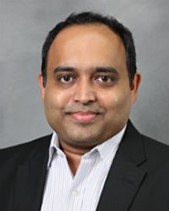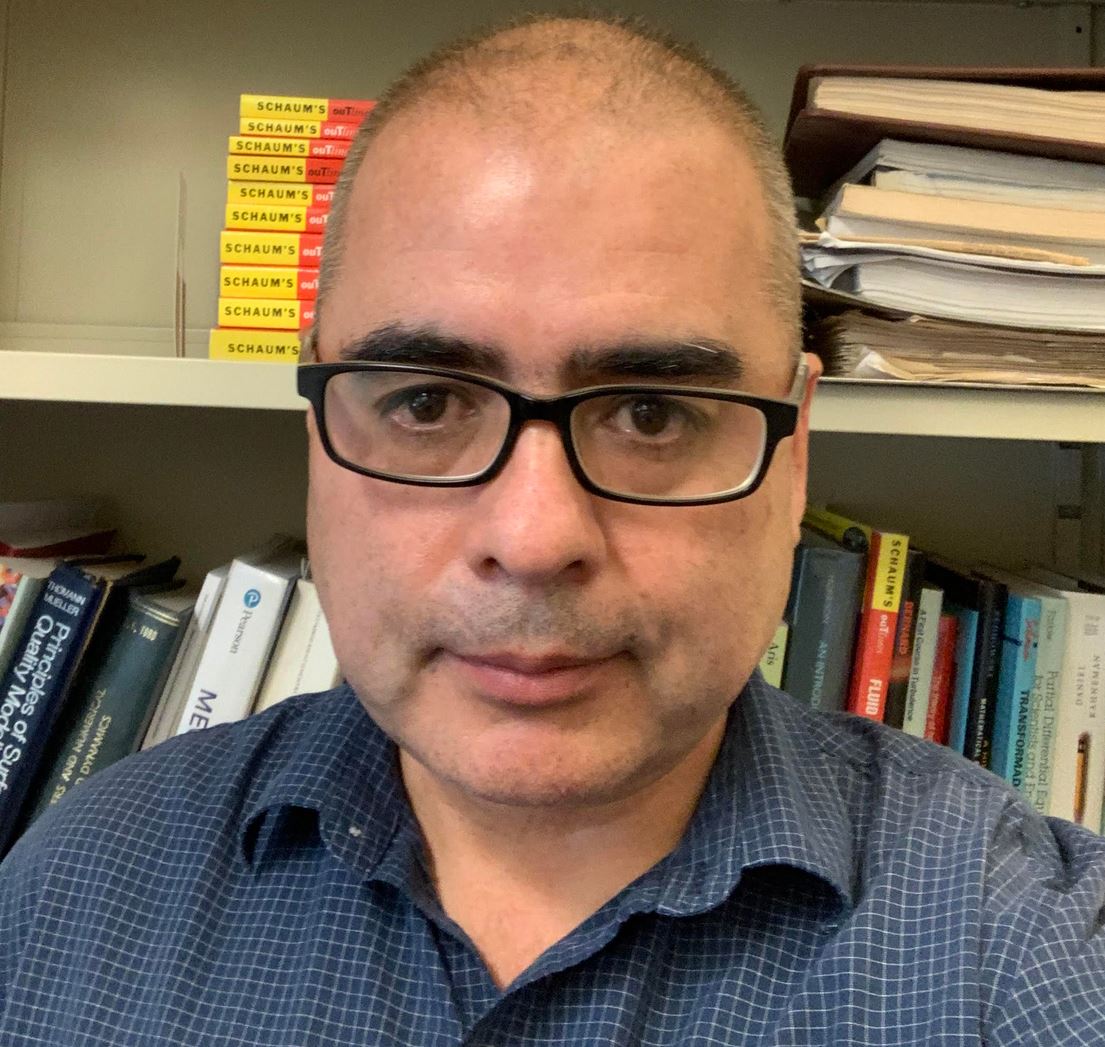 Abstract: The characterization and quantification of the coupling between flow and flexible structures and dominant oscillation modes remain open problems. Environmental science, energy, structural design, and locomotion applications require a comprehensive understanding of these phenomena. Canopy flows, encompassing extensive arrays of rigid or flexible structures, hold significant interest. Ubiquitous in natural environments and spanning multiple scales, they are instrumental in the transport of scalar and inertial particles. This presentation will provide insights from both theoretical perspectives and controlled laboratory experiments. I will discuss the role of key parameters modulating the unsteady dynamics of flows, individual structures, and canopies. These parameters comprise flow velocity, turbulence, structural stiffness, aspect ratio, tip effects, layout, and submergence within open channel flows. For this purpose, I will present data from particle image velocimetry (PIV), particle tracking velocimetry (PTV), and force balance analyses, highlighting turbulence, motion patterns, and unsteady loads on selected structures.
Abstract: The characterization and quantification of the coupling between flow and flexible structures and dominant oscillation modes remain open problems. Environmental science, energy, structural design, and locomotion applications require a comprehensive understanding of these phenomena. Canopy flows, encompassing extensive arrays of rigid or flexible structures, hold significant interest. Ubiquitous in natural environments and spanning multiple scales, they are instrumental in the transport of scalar and inertial particles. This presentation will provide insights from both theoretical perspectives and controlled laboratory experiments. I will discuss the role of key parameters modulating the unsteady dynamics of flows, individual structures, and canopies. These parameters comprise flow velocity, turbulence, structural stiffness, aspect ratio, tip effects, layout, and submergence within open channel flows. For this purpose, I will present data from particle image velocimetry (PIV), particle tracking velocimetry (PTV), and force balance analyses, highlighting turbulence, motion patterns, and unsteady loads on selected structures.
Biographical Sketch: Dr. Chamorro is an Associate professor in the Department of Mechanical Science and Engineering at the University of Illinois at Urbana-Champaign and is affiliated with the Departments of Aerospace Engineering, Civil and Environmental Engineering, and Geology. His research interests include turbulence, particle dynamics, boundary layer processes, aerodynamics, turbulence and structure interaction, wind energy, marine and hydrokinetic energies, and the development of advanced flow diagnostics. He has published 135 peer-reviewed articles in leading journals, has participated in over 140 presentations in technical symposia, and serves as scientific chair on Energy, Electrical Eng, Electronics and Mechanics (W&T7) at the Research Foundation Flanders (FWO) in Belgium. Chamorro is Associate Editor of the Journal of Renewable and Sustainable Energy, the Journal Frontiers in Energy Research, and the Journal of Energy Engineering. He leads the Renewable Energy and Turbulent Environment group, which uses a versatile experimental approach that combines state-of-the-art techniques, including 2D/3D particle image velocimetry, computer vision, and 3D particle tracking velocimetry.
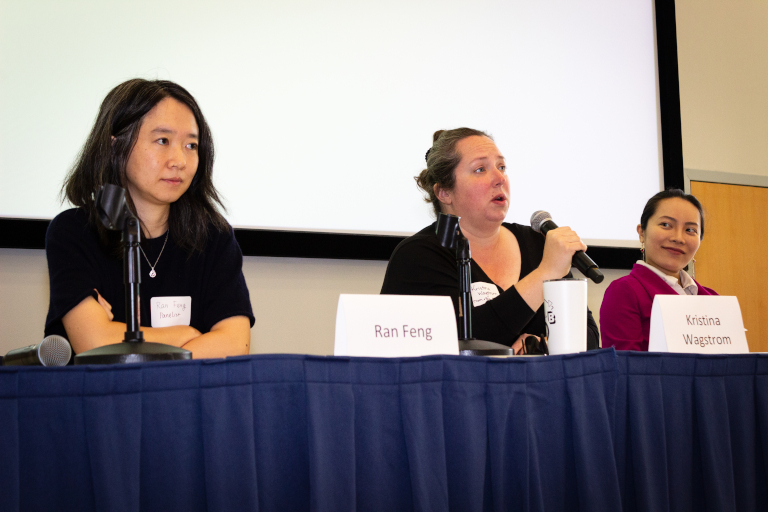
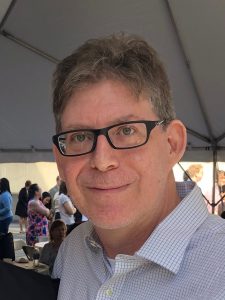 Speaker: Dr. Charles McEnally – Yale University
Speaker: Dr. Charles McEnally – Yale University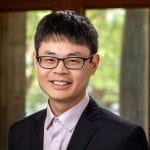
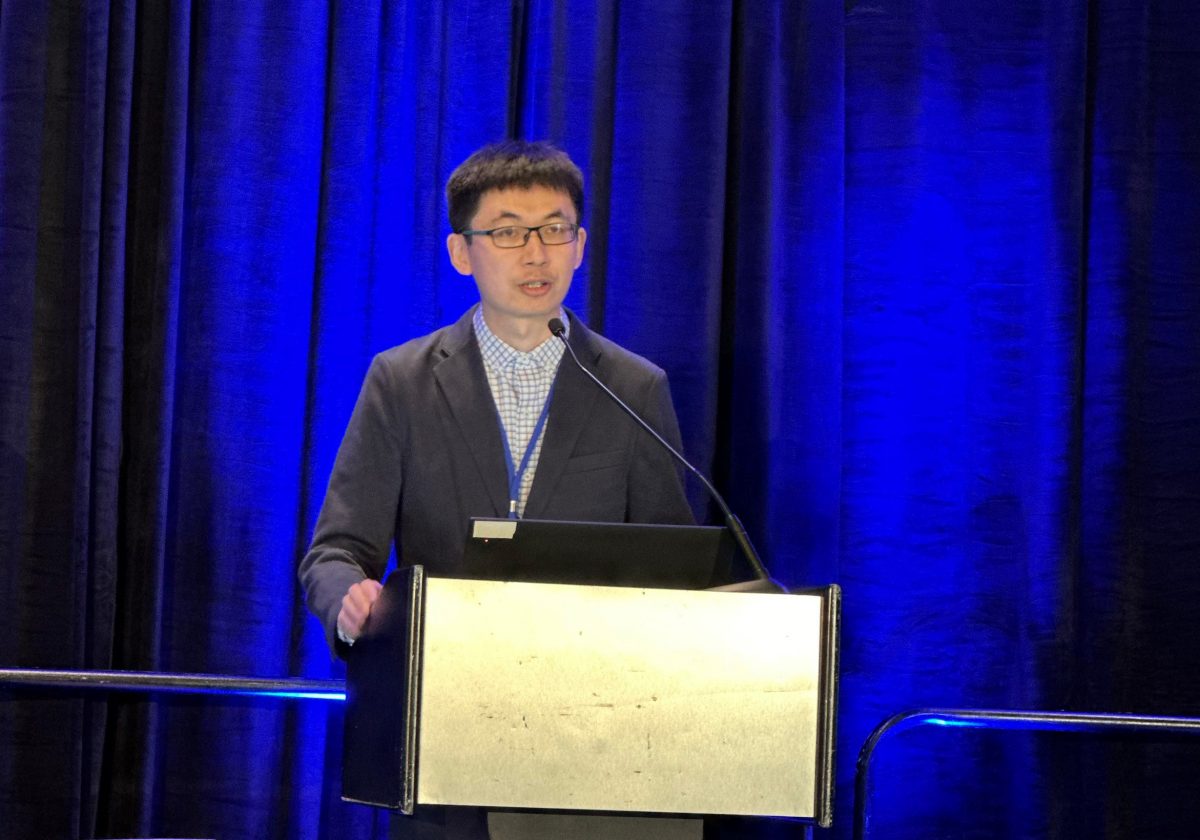
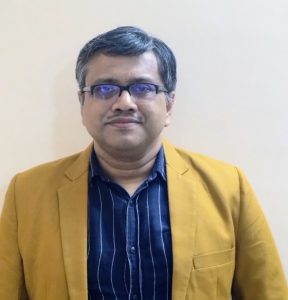
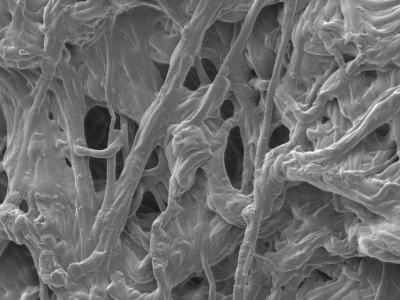 Researchers from the School of Mechanical, Aerospace, and Manufacturing Engineering in UConn’s College of Engineering, pursue groundbreaking research to understand the impact of aging-related physicochemical modifications on the structure and function of elastin, a vital protein that imparts elasticity and recoil function to many connective tissues in the human body, including within elastic arteries. These modifications play a significant role in age-related diseases such as diabetes, motivating the importance of studying elastin’s behavior in aging arteries.
Researchers from the School of Mechanical, Aerospace, and Manufacturing Engineering in UConn’s College of Engineering, pursue groundbreaking research to understand the impact of aging-related physicochemical modifications on the structure and function of elastin, a vital protein that imparts elasticity and recoil function to many connective tissues in the human body, including within elastic arteries. These modifications play a significant role in age-related diseases such as diabetes, motivating the importance of studying elastin’s behavior in aging arteries.